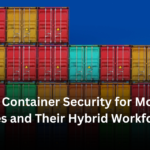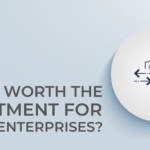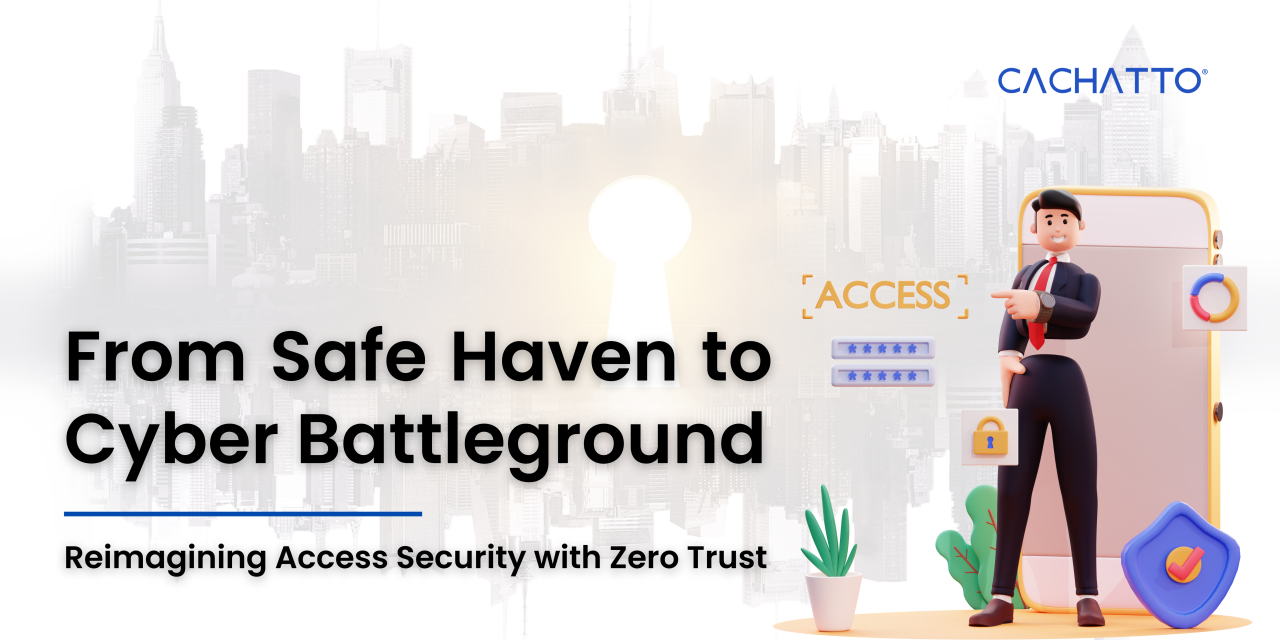In the not-so-distant past, our homes were sanctuaries, safe havens where we could unwind, connect with loved ones, and find solace from the outside world. However, with the rapid evolution of technology, this once-impregnable fortress has been breached, exposing us to a new breed of threat – cyberattacks that target our homes as vulnerable entry points. As remote work becomes the norm and our lives intertwine with the digital realm, ensuring our digital home security has become paramount.
Enter the era of zero-trust security solutions, a modern approach designed to tackle the ever-growing threat landscape. Gone are the days when a simple VPN and a firewall were enough to fend off digital marauders. The paradigm shift from office to home-based work has blurred the lines between personal and professional spaces. Hackers, ever the opportunists, have seized upon this transition, recognizing that our homes now house not just our personal information, but also a treasure trove of business data accessible during post-office hours. This realization serves as the impetus for a heightened focus on cybersecurity in our living spaces.
The concept of zero trust is an acknowledgment that threats can emerge from both external and internal sources. It’s a philosophy that abandons the outdated notion of trusting anything or anyone within the perimeter of your network, be it the physical office or the digital confines of your home. Instead, zero trust operates on the principle of “never trust, always verify.” Every user, device, or application – regardless of its location – is treated as a potential threat until proven otherwise.
Key to the implementation of zero trust is the integration of Single Sign-On (SSO), Multi-Factor Authentication (MFA), and Data Loss Prevention (DLP) mechanisms. SSO streamlines the login process by enabling users to access multiple applications with a single set of credentials. This not only reduces the likelihood of weak password usage but also centralizes authentication management. MFA adds a layer of security by requiring users to provide multiple forms of verification, such as a password and a fingerprint scan. This ensures that even if a hacker manages to crack one layer, there’s another safeguard in place.
Data Loss Prevention (DLP) on the other hand, is the frontline defense against sensitive information falling into the wrong hands. It monitors data movement and enforces policies that prevent unauthorized access or transmission of critical information. For remote workers, DLP ensures that business data is kept within the virtual confines of the office, minimizing the risk of inadvertent leaks.
The beauty of zero trust security lies in its adaptability to our agile, ever-evolving world. As technology advances and hackers become more sophisticated, zero trust continuously evolves to stay ahead of emerging threats. This is in stark contrast to traditional security models that often struggle to keep pace with rapid advancements in cyberattack techniques.
In the era of hyper-connectivity, security is not just an added layer; it’s a fundamental pillar that upholds the integrity of our personal lives and the functioning of businesses. As the boundaries between work and leisure continue to merge, adopting robust security measures becomes a necessity rather than a choice.
The shift from a secure home environment to one targeted by hackers underscores the importance of reevaluating our security strategies. The traditional VPN and firewall combo, while once effective, is no longer enough so move on while there is still time and remember you’re only as safe until you’re not.
Contact us today to learn more. Email us at marketing@CACHATTO.com





